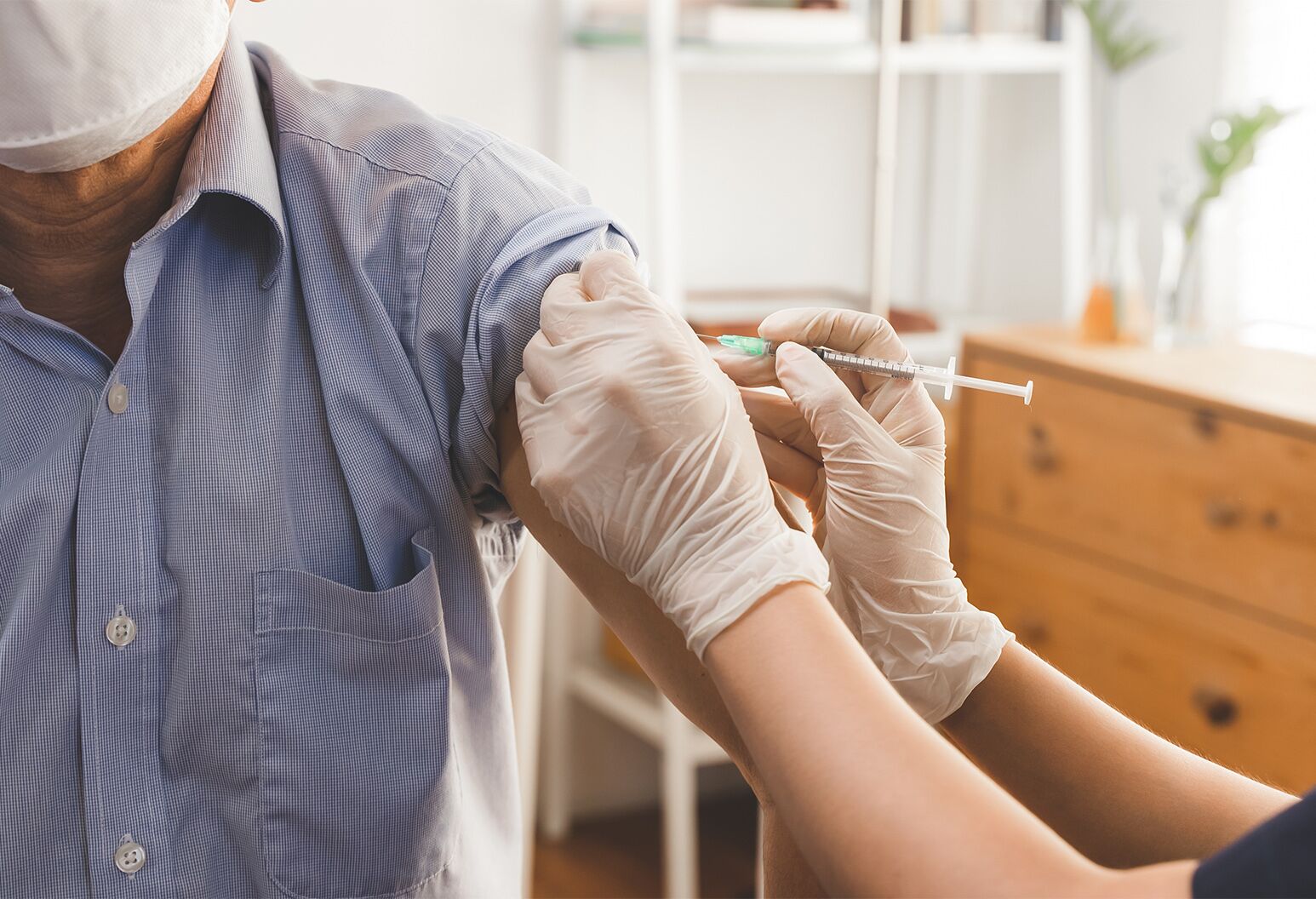covid
Long COVID’s Impact On The Brain

Three years into the COVID pandemic, here are the recommendations for vaccines, masks, and more.
5 min read
It’s been nearly three years since the COVID pandemic began, and we’re in a much different phase now than we were then. However, while COVID may not be affecting our lives on a day-to-day basis in the same way it did in 2020, the virus hasn’t disappeared. That’s why we need to treat COVID the same way we treat influenza and other infectious diseases, while also keeping in mind that COVID is still about 10 times worse than the flu in terms of the risk of serious complications and deaths.
Here’s a rundown of what you need to know about COVID in 2023:
The original COVID vaccine has been retired, except for people who never received their primary doses of the vaccine. The newest booster that is available now, made by both Pfizer and Moderna, is called a bivalent vaccine because it contains two different viruses: One is the same virus that was in the original vaccine, and the second strain is active against the omicron variants BA.4 and BA.5, which have been circulating more recently.
Anyone over the age of 5 is eligible for the bivalent COVID-19 vaccine booster. If you’re between 5 and 18, you can get the Pfizer vaccine. If you’re over 18, you can get either the Pfizer or the Moderna vaccine. Anyone who is at least two months out from their last booster is eligible for the new booster. If you’ve had COVID, we generally recommend that people wait two to three months after they’ve recovered to get the booster shot.
Like what you’re reading? Subscribe to our newsletter and get the same great content delivered straight to your inbox!
By providing your email address, you agree to receive email communication from The Well.
The side effects of this booster shot seem to be almost the same as the old vaccine, and that’s because it’s made with the same technology, so its safety should be the same. The main side effects are arm pain, malaise, lack of energy, muscle pains, and headache, as well as fever in about 10% to 15% of cases. These symptoms almost always go away within 24 hours, but occasionally they can last as long as 48 hours.
There’s no definite answer to this question, but my own personal bias is that you should probably get it as soon as you can, because it does take a couple of weeks to make a response. You never know when there’s going to be a surge in cases, so the sooner, the better
I don’t wear a mask when I’m around friends and family members, or when I’m eating dinner in a restaurant because it’s just not practical. On the other hand, when I’m in a place where it’s not harmful for me to wear a mask, such as a grocery store, on the subway, or a crowded place where there’s a lot of people who I don’t know, I think wearing a mask is still an appropriate thing to do. It’s up to every individual to make that determination, and it’s a lot more important for people who are elderly or who have chronic health conditions, because for them, the consequences of getting COVID are much more severe.
It’s also important to remind people that even though COVID has been “normalized,” it’s not the flu and it’s not a respiratory infection. The difference is that there is a significant group of people—up to 20%—who will have chronic symptoms for several months. There is also evidence that many of these people are at increased risk for having heart disease over the next year. So preventive measures should be taken seriously.
Young, healthy people who are not very ill and who’ve been vaccinated and boosted usually don’t need any therapy at all. If someone is elderly with comorbidities, we generally use Paxlovid as our first line treatment. If someone isn’t elderly but has a lot of comorbidities, I usually do prescribe Paxlovid, particularly if they’re over the age of 45 or 50. However, you must take this medicine early on for it to be effective. Ideally, it’s given within five days of having symptoms, but the sooner you give it, the more likely it will be to work.
At-home COVID tests aren’t perfect, but they are very useful. If you have symptoms and you get a positive test, then you have COVID. A negative test in the presence of symptoms means you should get a PCR test because the at-home tests can sometimes be false negative.
It’s definitely a good idea to have these tests on hand, particularly with the winter coming, and particularly because the Biden administration is suggesting there’s going to be a significant shortage of these tests later this winter. Now is the time to stock up on them because you may not find them as easily in January and February.
The Well is Northwell Health’s commitment to the future of health care. In this time of information overabundance, much of which is inaccurate, unhelpful, or even difficult to understand, Northwell Health is on a mission to make a difference as an honest, trusted, and caring partner. The site connects with consumers to provide them with personalized content that reduces their stress, makes them laugh, and ultimately feel more confident and capable on their healthcare journey.